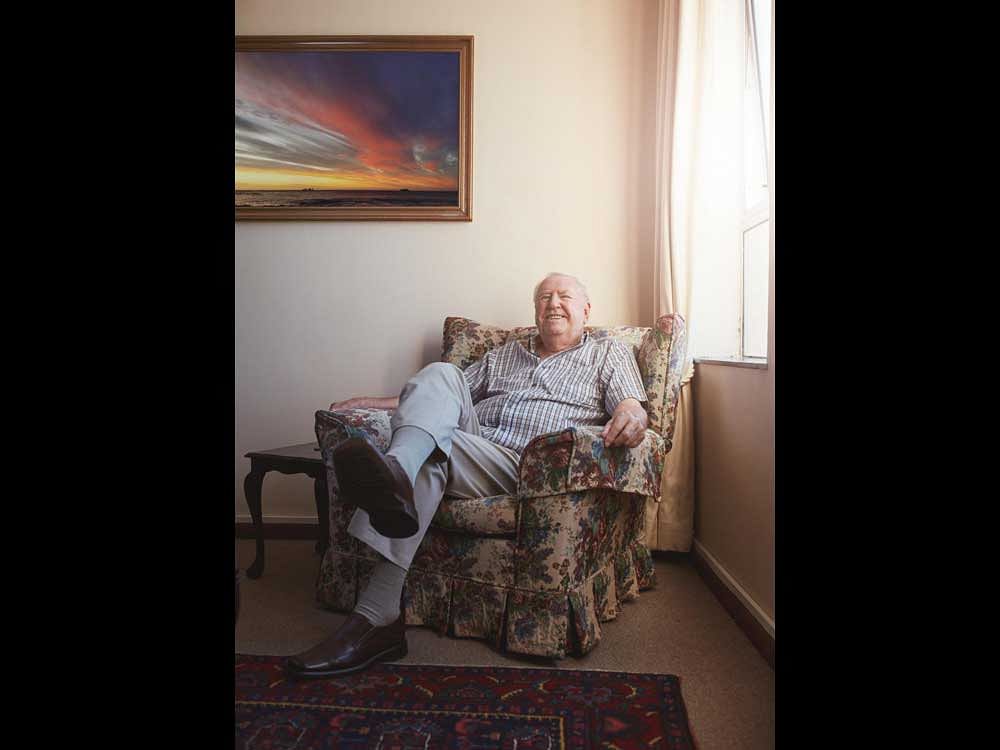
News of senior citizens tripping, falling and injuring themselves at home is something that one hears of quite often. Such injuries often result in altering the quality of life of the elderly, sometimes even affecting longevity and self-esteem. As a designer, I have felt that a number of such domestic incidents are avoidable with good interior design, minor home makeovers and an eye for detail. If you have an elder member at home, then consider incorporating the design elements below to make it safe for them. I will go room-wise rather than giving you a laundry list as that would be easier.
Bathroom
This is the ‘room’ that has seen the maximum number of accidents by far. Apart from using anti-skid floor tiles, it is extremely important to have hand rails or grab bars next to the water closet (WC) and in the bath area. Nowadays, these grab bars are available at most hardware stores, and are available online as well.
The other thing that your bathroom would need is a stool of regular height and not one of the short bathroom stools available in the market. Just the process of sitting on and getting off a short stool is inconvenient and risky for the seniors. Hence, a stool of regular height (chair height) to sit when taking a bath is, therefore, a must have.
A western style WC is also more comfortable for the elderly. The height from the floor to the seat should be maintained at 16 inches as that is most comfortable for folks between 5’3” & 5’8” – the typical “Indian” height. It is also recommended to install a hand shower in the bathing area as it is easier for the elderly to take bath with a hand shower compared with a bucket/mug or an overhead shower.
When choosing tiles for the bathroom, look for floor tiles of a lighter shade than the wall tile. A wall that is darker than the floor provides better visibility of the floor in general. “Just outside the bathroom” is another space that one needs to pay attention to. With wet feet landing on slippery tile/stone, this is another place that sees a number of accidents. It is, hence, necessary to always have a heavy foot mat just outside the bathroom, it is also recommended to have good lighting in this area.
Bedroom
The height of the bed should be maintained around 18 inches (including the mattress). It’s also important that the mattress is not too soft as getting out of a soft mattress is difficult. Another recommendation is to have a night light in the bedroom. Nowadays, there are battery operated motion sensor lights available that do not need any wiring. These are also useful if the elders are used to sleeping in complete darkness and an “always on” night light is not an option.
Kitchen
For senior citizen-managed kitchens, much to the chagrin of customers, I recommend having no wall units. Wall units are difficult to reach and most accidents happen when someone on a stool ladder tries to pull something out of the topmost shelf. If one needs additional storage space, then, build a large tall unit instead of the wall unit. Counter height for elder managed Kitchens should be 32 inches instead of the 35 to 36 inches that is recommended for regular modular kitchens
Living room
When optimising the living room for the elderly, look for walking spaces that are bereft of furniture. One may not realise this, but furniture gives holding support while walking and if you watch closely, you will notice the elderly taking active support from furniture as they walk around the home. Furniture bereft spaces typically include the foyer area and the passage from the living room towards the bed rooms. There may be more such spaces in your home depending on the floor plan and the furniture placement.
In such ‘furniture barren’ spaces, it is recommended to have hand rails that the elders can hold on to and take support of as they walk. Another good practice is to have floor-level lighting mounted along the skirting in the passageways and staircases as these would make the floor clearly visible and the step firmer. One can use sensor based lighting as mentioned above for this as well. In general, for the elderly, the home needs to be well lit.
Lastly, if you have rugs and mats on the floor, you would do well to firmly stick these to the floor using velcro, as loose mats may just slip and cause a fall.
(The author is an interior designer &
founder, www.thestudiobangalore.com)